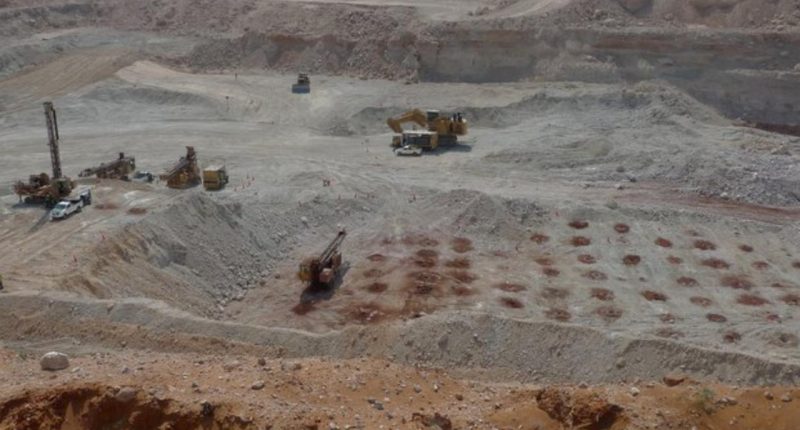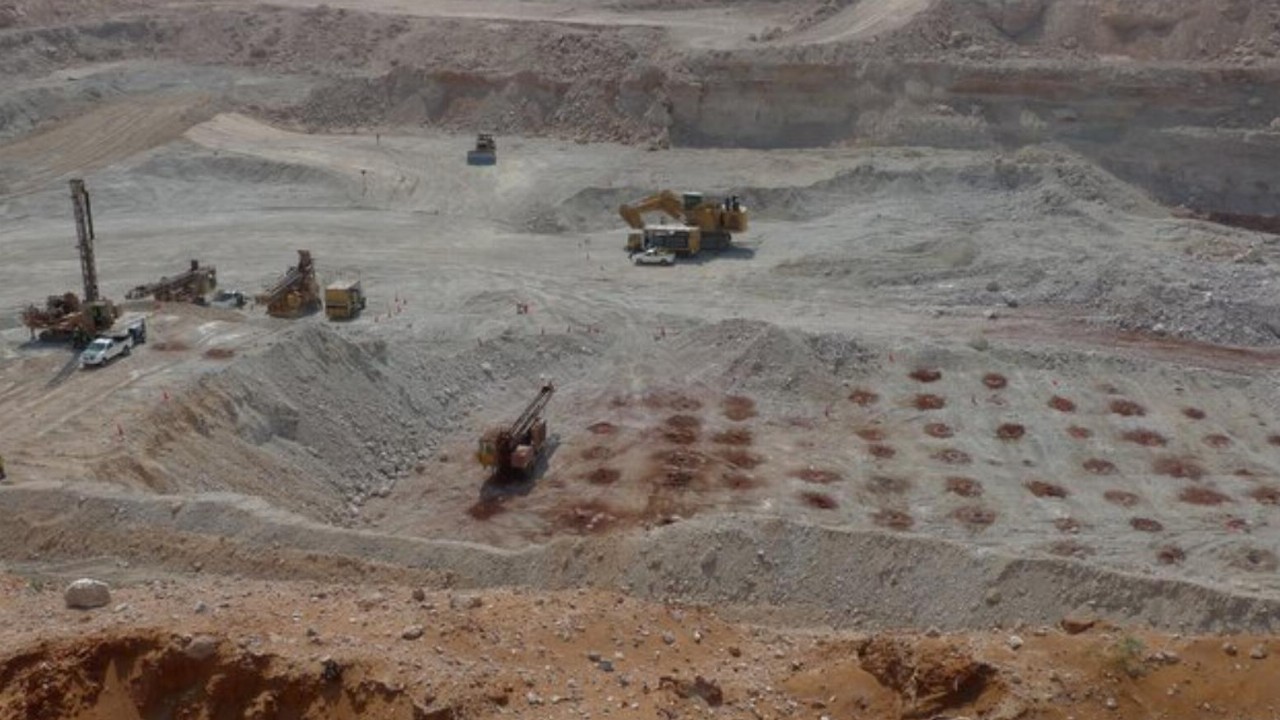- Jupiter Mines (JMS) reached its November quarter of shipping over 255,000 bank cubic meters (bcm) of graded ore from the Tshipi manganese mine
- For the November quarter, Tshipi delivered 255,036 bcm of graded ore and 2.9 million bcm of total mining movement
- So far for the financial year, Tshipi is two per cent ahead of target for graded ore mining and three per cent behind on total mining movement
- Tshipi started the quarter behind on overall mining volumes, due to low excavator, dump truck and operator availability
- On the market today, Jupiter is up 2.38 per cent and trading at 21.5 cents per share
Jupiter Mines (JMS) reached its November quarter of shipping 255,036 bank cubic meters (bcm) of graded ore from the Tshipi manganese mine in South Africa.
The company owns a 49.9 per cent beneficial interest Tshipi é Ntle Manganese Mining Proprietary, which operates the Tshipi Borwa Manganese Mine in the southern portion of the Kalahari manganese field.
For the November quarter, Tshipi delivered 255,036 bank cubic metre (bcm) of graded ore and 2.9 million bcm of total mining movement.
Notably, for the year to November, Tshipi is two per cent ahead of the target for graded ore mining but is three per cent behind on total mining movement.
Tshipi started the quarter behind on overall mining volumes, due to low excavator, dump truck and operator availability.
In April, a revised medium-term mine plane along with an operational efficiency program was implemented, and the company is now seeing results.
Also impacting mining was the unseasonably high rain in October and a reduction to waste fleets also meant reduced mining, however some of the backlog clawed back in November with higher than planned volumes mined from the barrier pillar and equipment became available.
High-grade ore processing was above plan overall with a production of 804,137 tonnes for the November quarter, which results in high-grade production being three per cent higher above target for the year.
Low-grade ore was 89,806 tonnes behind for the quarter resulting in 12 per cent behind target for the year, largely as a result of waste mining being behind the original target, causing insufficient low-grade ore from the pit.
Production is on track to meet the high-grade logistics and sales plan, with 909,510 tonnes achieved over the quarter, however with lower rail and increased road volumes.
The manganese market has been influenced by continued crude steel production in China during the quarter. Steel production in China was at the lowest levels seen in 2021, following the country’s guidelines that 2021 crude steel production should not exceed 2020 levels.
The rest of the world’s crude steel production in most other major steel-producing regions continued to recover well in the quarter and should continue, however, these regions are still not sufficient enough to make up for the shortfall from China’s production.
“It is expected that production levels will increase early in the new year,” the company told the market.
Jupiter’s cash balance at the end of the quarter is $76 million.
On the market today, Jupiter was up 2.38 per cent and is trading at 21.5 cents per share.








